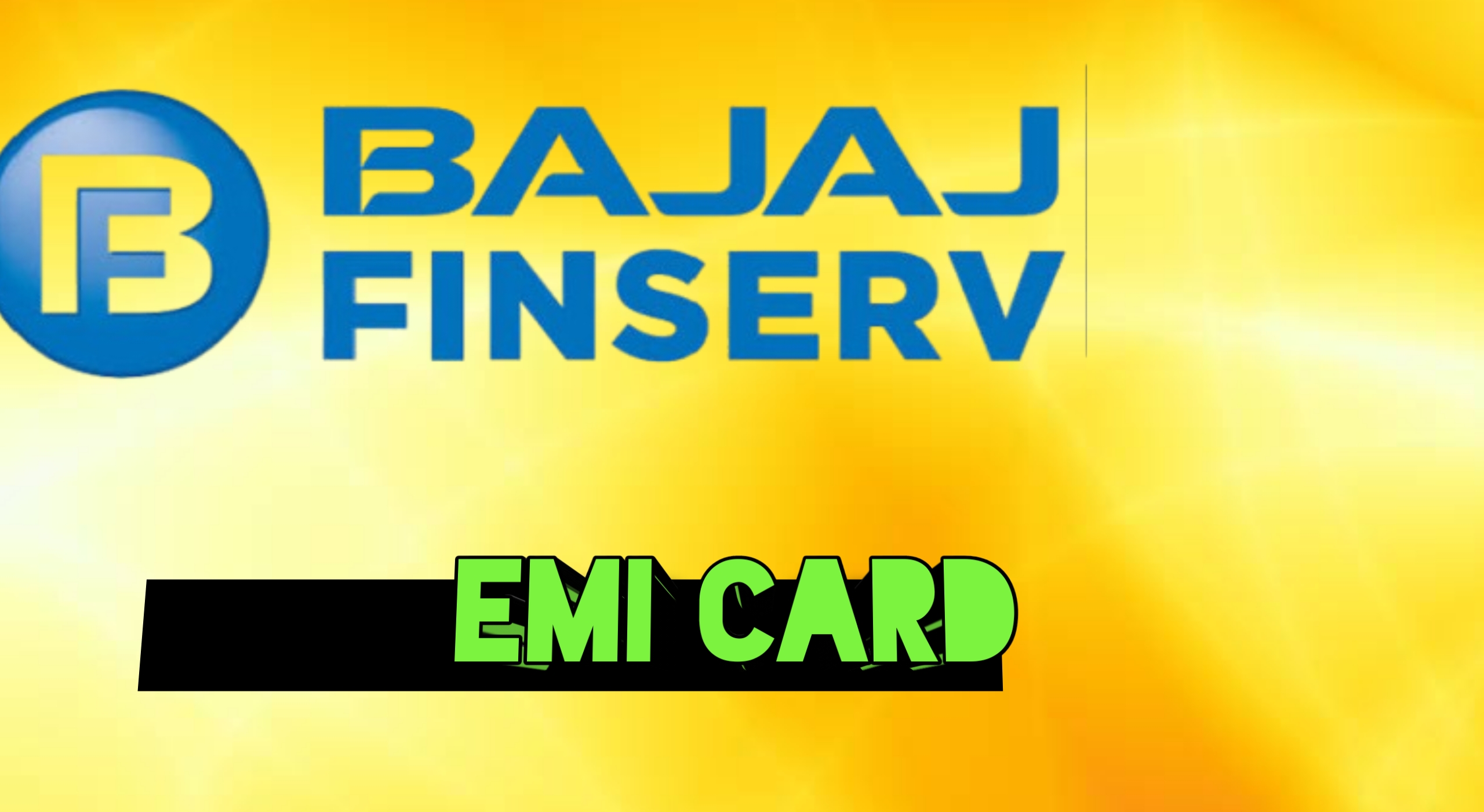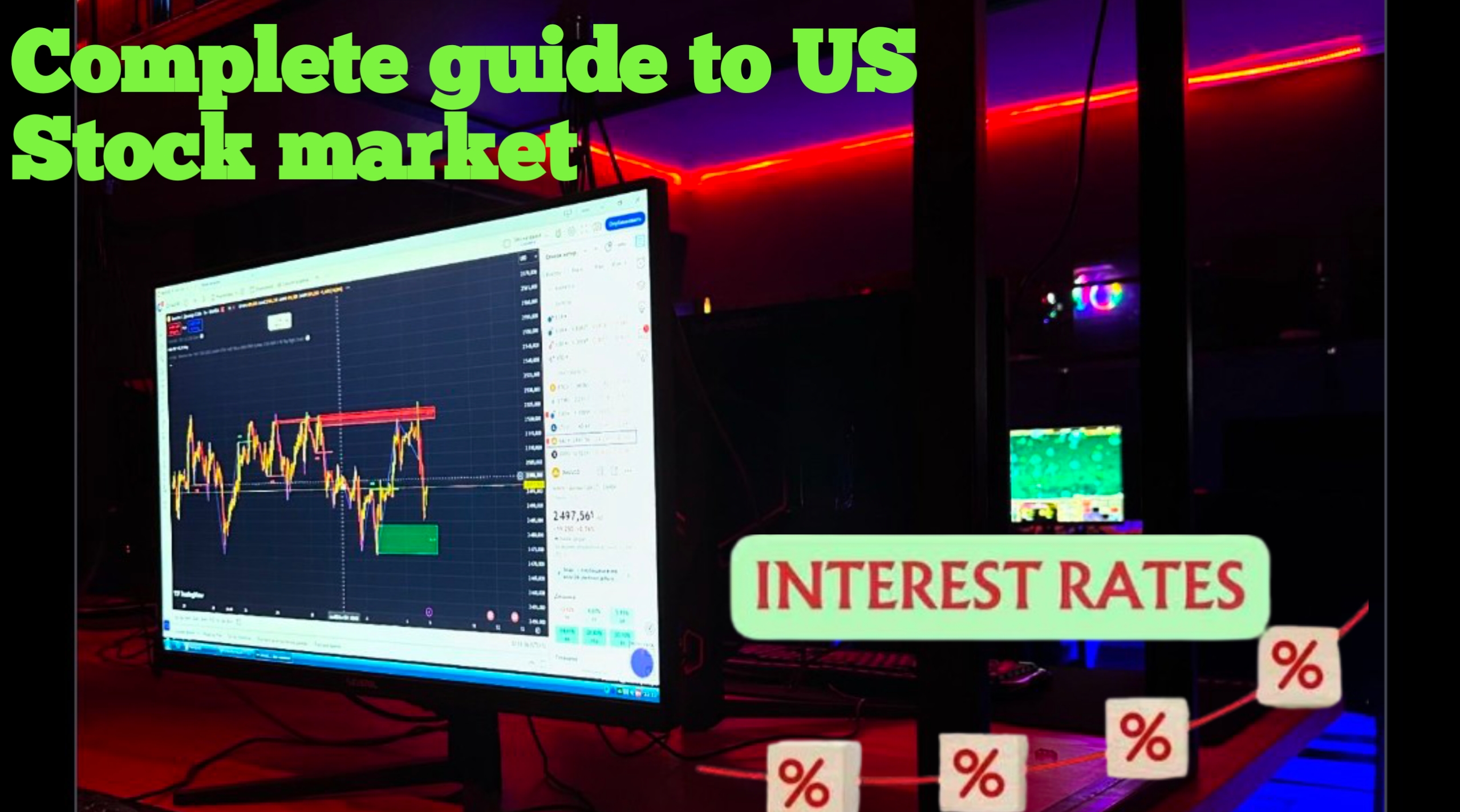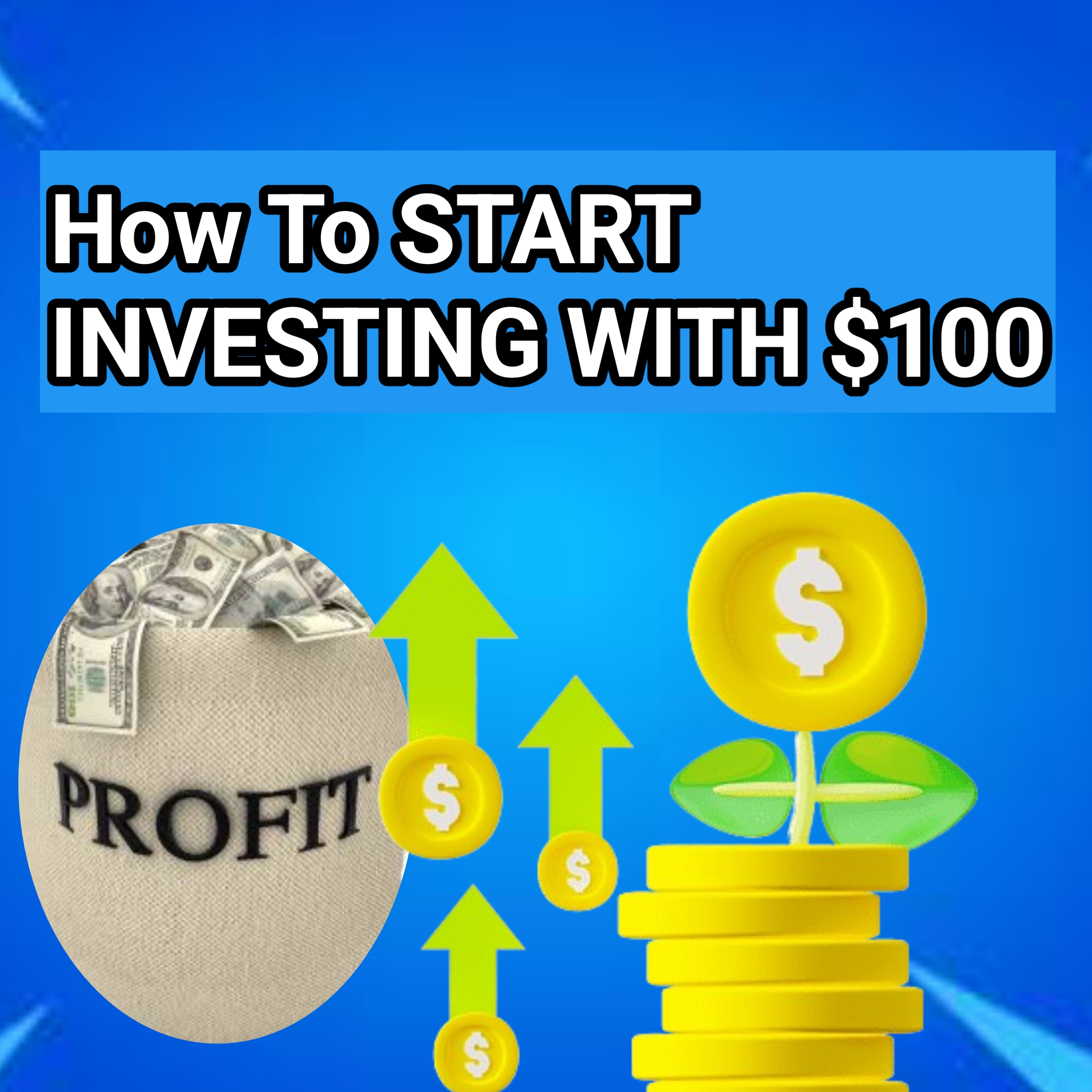Investment Options
High-Interest Savings Account
Risk Level: 1/10
The lowest-risk option, a high-interest savings account, is ideal for creating an emergency fund. This is money you can access in case of unexpected expenses. While interest rates may not be significant, the real value is in having cash on hand to avoid getting into debt. I use Marcus by Goldman Sachs, which currently offers an interest rate of 0.7%, and it’s one of the best options available right now.
Example: Deposit $100 into a high-interest savings account.
Gold
Risk Level: 2/10
Gold has always been considered a safe-haven asset. While the value of the U.S. dollar has declined dramatically since the Federal Reserve’s creation in 1913 (down 95%), gold has retained its value. If you had invested $100 in gold in the year 2000, it would be worth about $580 today. Gold is an excellent way to hedge against inflation, but it’s not without its risks, primarily due to opportunity cost—there are potentially higher-return investments out there.
Example: Invest in gold physically (gold bars, jewelry, etc.) or digitally through ETFs like GLD ETF on Robinhood or Trading 212 in the UK.
Low-Cost Index Funds
Risk Level: 3/10
A fantastic option for beginners is low-cost index funds. These funds track major indices, such as the S&P 500, and offer long-term growth through diversified investments. By investing $100 monthly in an index fund with a 7% annual return, you'd have over $120,000 in 30 years due to the power of compound interest. Warren Buffett even placed a bet that an S&P 500 index fund would outperform professionally managed hedge funds, and he won.
Example: Invest $100 in an S&P 500 index fund. You don’t need to buy full shares, as brokers like Vanguard allow fractional shares.
Real Estate Investment Trusts (REITs)
Risk Level: 3/10
Real estate investment trusts (REITs) allow you to invest in property without actually buying real estate. These trusts pool money from many investors to buy properties that generate rental income. One of the benefits of REITs is that they have a legal obligation to pass 90% of profits back to investors as dividends. The Vanguard Real Estate ETF (VNQ), for example, has an average annual return of 12%, beating the average real estate investor.
Example: Invest $100 into a REIT ETF through a broker like Trading 212.
Buying and Selling Items
Risk Level: 4/10
This method involves buying items you know and flipping them for a profit. If you're familiar with a specific market, such as electronics or collectibles, this can be a great way to earn more money with relatively low capital. For example, I’m buying a model engine for $100, which I’ll resell for a profit.
Example: Buy used items from platforms like Facebook Marketplace or eBay, and resell them at a higher price.
Individual Stocks
Risk Level: 6.5/10
Investing in individual stocks can yield higher returns but carries significant risk. The stock market is volatile, and companies can rise or fall quickly. I’ve used fundamental analysis (examining financial statements, company leadership, etc.) to pick stocks in the past, but there’s always an element of luck involved. For fun, I used a dartboard to randomly select Samsung for my $100 investment.
Example: Invest $100 in individual stocks, using platforms like Webull or Fidelity.
Cryptocurrency
Risk Level: 9/10
Cryptocurrencies like Bitcoin have the potential for massive returns, but they are incredibly risky. A $100 Bitcoin investment in 2015 would be worth around $5,000 today, but it’s not all gains. Many people who invested at the 2017 peak lost big when Bitcoin prices plummeted. Crypto can be extremely volatile, and it’s best suited for money you can afford to lose.
Example: Invest $100 in cryptocurrencies like Bitcoin or Ethereum using platforms like Coinbase.
Investment Example
Buy $100 worth of Bitcoin through Coinbase.
Pay Down Debt
This is a low-risk investment. By paying off high-interest debt, like credit card debt with an APR of 25%, you can achieve a guaranteed return. For example, paying off $8,000 in credit card debt one year early saves you $9,379 in interest.
Keep Cash in a High-Yield Savings Account
A safe option with a modest return, like a 4% interest rate on savings. You earn about $14 in interest over a year.
Contribute to a 401(k) or IRA
These tax-deferred accounts can grow over time, with the added benefit of company matching. However, access to funds is restricted until you're 59.5 years old, and you have to be mindful of the investment fees and limited options within these accounts.
Invest in the Stock Market
You can create a brokerage account and invest in stocks, ETFs, or mutual funds. This could be done passively (e.g., investing in index funds) or actively (researching individual stocks or niche opportunities).
Passive Real Estate Investing
With platforms like crowdfunding services or syndicates, you can invest in real estate with as little as $100. This allows you to participate without managing properties directly, though there are still risks involved.
Invest in Speculative Assets
Cryptocurrencies, startups, or trading cards can offer high potential returns but come with high risk. Speculative investments should make up a small portion of your portfolio.
Invest in Your Own Business
Starting a business can provide the highest return on investment, but it requires time, effort, and risk. Many businesses fail, but those that succeed can yield substantial rewards.
Frequently Asked Questions
Should I invest in the stock market or take a course on business?
It depends on your current financial and knowledge position. If you’re just starting out, focus on building your education. Free resources on YouTube or low-cost courses can be valuable before diving into investments. Once you're comfortable, consider investing in stocks or crypto.
I’m 18 with $200 to invest this month. Should I invest in Bitcoin or Tesla stock?
Both options carry risk. Bitcoin is currently down, so it might be a good time to buy, but remember it’s volatile. Tesla is a strong company, but it may not see the same growth as in the past. Consider diversifying—invest $50 in Bitcoin and $50 in Tesla stock to spread the risk.
Which investment app do you recommend?
For ease and reputation, M1 Finance is a solid option. It has no commissions and a user-friendly interface. Other popular choices include Robinhood and Weeble, though some have concerns due to past issues. If you prefer more established brokerages, Charles Schwab is another solid option.




